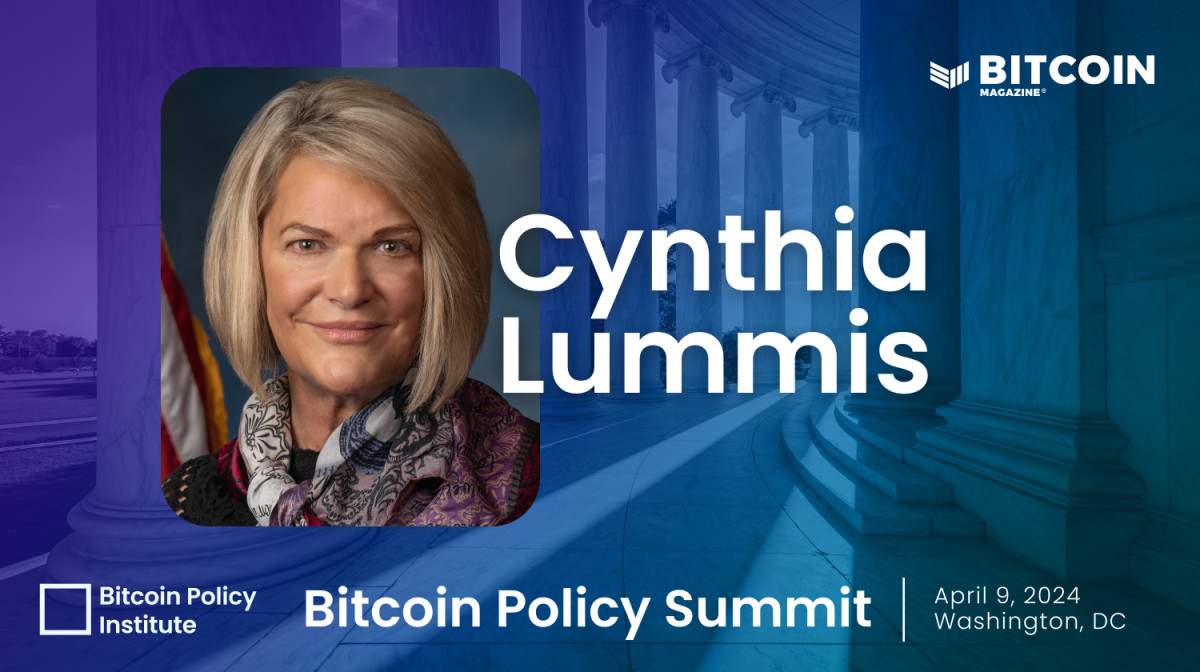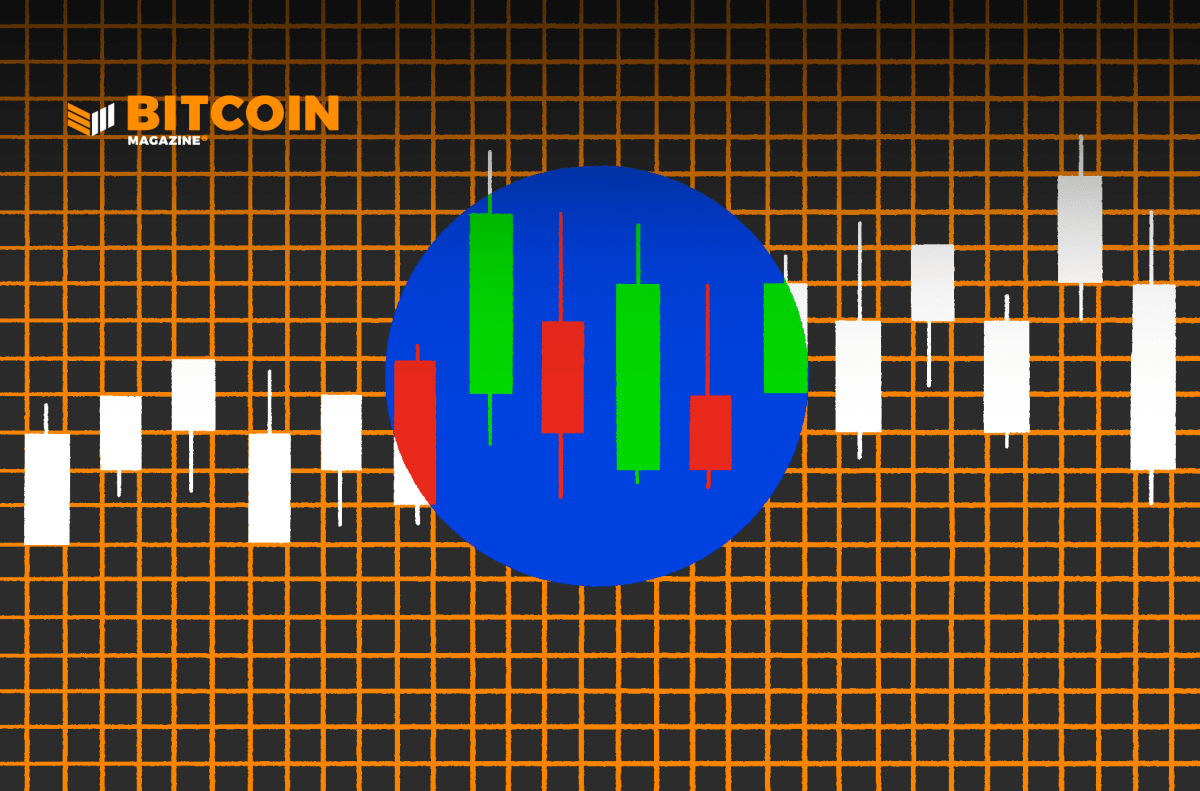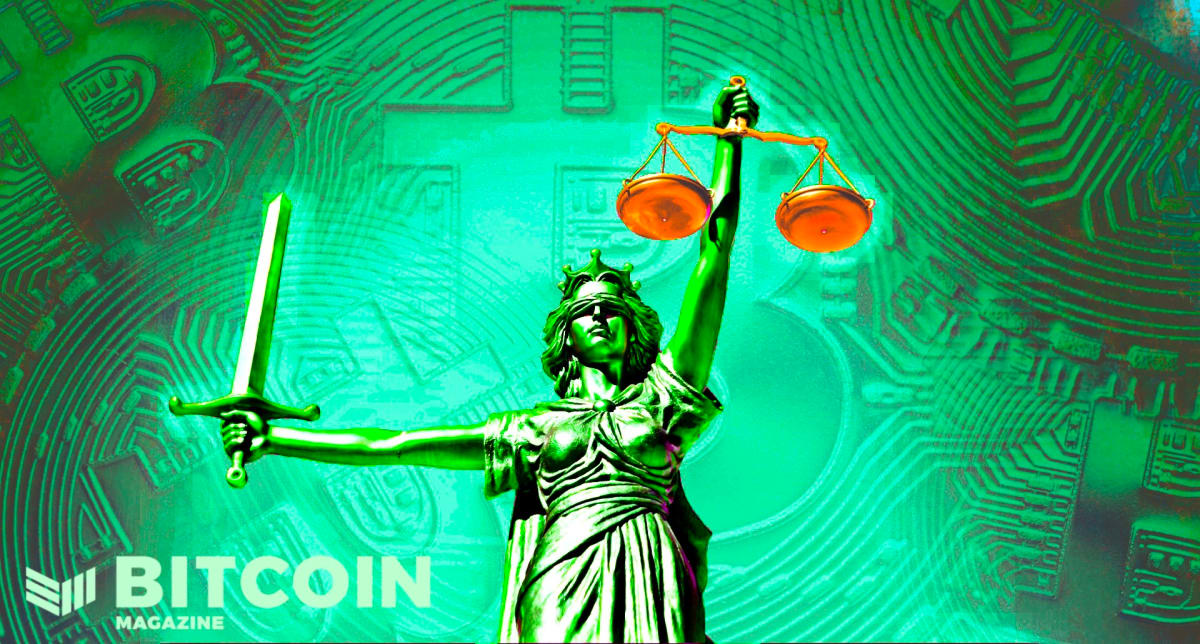How to Buy, Sell And Transact with Bitcoin
How to Buy, Sell And Transact with Bitcoin

Bitcoin is a network, a protocol, a groundbreaking technology and a culture in and of itself. But when it was first introduced by Satoshi Nakomoto in a 2008 white paper, Bitcoin was primarily designed as a way to revolutionize the buying, selling and transacting of value for the digital era.
“What is needed is an electronic payment system based on cryptographic proof instead of trust, allowing any two willing parties to transact directly with each other without the need for a trusted third party,” Nakomoto wrote. “In this paper, we propose a solution to the double-spending problem using a peer-to-peer distributed timestamp server to generate computational proof of the chronological order of transactions.”
The result was a new kind of financial asset called “bitcoin,” and a blockchain-based distributed ledger used to track it: a network called “Bitcoin.” Participation in this transparent and equitable revolution is easy; anyone in the world with an internet connection can buy, sell and transact BTC.
In the guide below, we cover the basics around utilizing bitcoin as a financial asset — the best ways to buy BTC, methods for selling BTC (not that you’ll necessarily ever want to), an explainer of BTC transactions and more. It should be noted, however, that bitcoin is still a relatively volatile asset and that it may not be an attractive option for many investors who are looking for a safe haven. This guide does not constitute investment advice, but is meant to offer basic information around how bitcoin functions as a financial asset.
Should I Buy Or Mine Bitcoin?
The incredibly low-cost days of mining bitcoin, which only lasted for a couple of years, were days where one bitcoin was so cheap that it financially made sense to mine them at a very low cost, instead of buying them. For context, the first exchange rate given to bitcoin was in October 2009, 10 months after the first block was mined. The rate, established by the now-defunct New Liberty Standard exchange, gave the value of a bitcoin at $1 to 1,309.03 BTC. It was calculated using an equation that includes the cost of electricity to run a computer that generated bitcoin. This was the period of time where bitcoin, which were looked at as little more than a newly-created internet novelty, could be mined in large quantities using an average computer.
Today, mining bitcoin is still a viable option, but different measures need to be taken in order to mine properly with the current level of difficulty.
Mining requires special hardware that performs the extremely rapid computations necessary to mine bitcoins. The hashrate, or the total power of all miners, is so substantial that hardware found in average computers (or any computers, for that matter) cannot perform mining calculations fast enough to produce any meaningful results. This specialized hardware is called an ASIC, or Application Specific Integrated Circuit.
Because of the difficulty in successfully mining bitcoin at this point, the vast majority of individuals are likely to prefer buying BTC, especially at first.
To read more about bitcoin mining, visit our Bitcoin Mining hub.
How To Buy Bitcoin In The United States
Though new bitcoin are minted through mining, and bitcoin can of course (like any other money) be accepted in some real-world transactions, perhaps the easiest way to get BTC is to buy it with fiat currency. This is a popular choice for those first learning about the technology who become interested in converting some of their fiat holdings into bitcoin, similar to the way they might invest in any other financial asset.
Buying BTC can seem complicated, especially compared to some more traditional asset investing, but with some basic first steps, anyone with the below tools can become a Bitcoiner. Many first-time bitcoin buyers in the U.S. choose to do so through a large online bitcoin exchange. You’ll find the steps for going that route below. But you’ll also find some information on alternative avenues for investing in BTC, including Bitcoin ATMs and earning it outright.
To buy bitcoin in the most user-friendly way (through a major exchange), you’ll need a bitcoin wallet, some personal identification information (more on why you might circumvent this route below), access to fiat with which to buy the bitcoin and, finally, access to an exchange that lists it.
Bitcoin Wallet
Bitcoin is a strictly digital cryptocurrency and, as such, it doesn’t exist in any physical form and can’t actually be kept in a bank vault, safety deposit box or buried out in the backyard. But the private keys that are used to access a public Bitcoin address and grant the ability to transact certain bitcoin can be stored.
The devices and methods that allow users to securely store their private keys are called bitcoin wallets. These wallets come in different forms — paper, hardware, software, etc. — but some form of a BTC wallet is needed if you’re going to buy some bitcoin. A central philosophy behind Bitcoin is the importance of maintaining custody over your own funds and control over your own private keys. Though many choose to buy bitcoin through large exchanges, establishing a bitcoin wallet for which you control the private keys is a critical next step to ensure that you are in control of your bitcoin.
For more information on Bitcoin wallets, visit our guide.
Personal Documents
The major bitcoin exchanges require personal identification on behalf of their customers in order to comply with anti-money laundering (AML) and know your customer (KYC) laws in their jurisdictions.
Even though the founding ethos behind Bitcoin emphasizes freedom from third parties like government regulators, and the cypherpunk ideals of many Bitcoiners encourage privacy and anonymity as much as possible, the reality is that using the simplest form of bitcoin investment (through a widely accessible online exchange) is going to mean providing your personal identifying information.
To get through the first steps of onboarding with a bitcoin exchange, you’ll need access to personal identity documents like a driver’s license or social security card.
Access To Fiat (Banks, Credit Card, Debit Card)
If you’re going to buy BTC with USD or another fiat currency, you will naturally need access to that fiat currency. Most bitcoin exchanges will ask their customers to connect their exchange accounts to their bank accounts, debit cards or credit cards to make purchases.
It’s worth keeping in mind that exchanging fiat for bitcoin using these middlemen within the traditional fiat economy will likely incur fees and transaction wait times. Use of credit or debit cards is likely faster and cheaper than use of a bank account, but there will also likely be stricter limits on the amount of fiat you can spend.
Access To A Bitcoin Exchange
As noted above, exchanges are by far the most commonly used way to buy bitcoin. Exchanges are platforms that allow users to purchase cryptocurrencies for a different medium of exchange, usually fiat currency like USD. Exchanges do this through an order book, or a ledger, that matches instructions to buy or sell. These instructions are called “bids” and “asks,” respectively.
Due to the decentralized nature of Bitcoin, and the market dynamic of price discovery, the price to purchase BTC on different exchanges may vary at any given moment. Whenever referring to the price of bitcoin as it relates to fiat currency, the price being discussed is almost certainly an aggregate average of the price across various exchanges’ order books. Because bids and asks are instructions executed at a certain price, a large market buy would fill through several orders at incremental price levels and subsequently move the price of bitcoin up or down.
In addition to offering BTC at different prices, exchanges differ in their reliability, security, processing fees, offered services, list of other cryptocurrencies offered and more.
For more information on exchanges, visit our guide.
Other Ways To Buy Bitcoin
Bitcoin ATMs
Bitcoin ATMs are kiosks that look similar to traditional ATMs, but instead of connecting to a bank account, they connect to the internet and facilitate cash and credit card transactions for bitcoin. Some Bitcoin ATMs offer bi-directional functionality, which allows users to both purchase and sell BTC using the kiosk. Most Bitcoin ATMs now require some sort of KYC/AML identity verification prior to finalizing a transaction, so users need to be prepared to scan their IDs into the machine. Common locations for Bitcoin ATMs include retail stores, shops, bars, restaurants, malls and airports.
In exchange for the convenience of using a Bitcoin ATM, transaction fees charged by the machines can be higher than the rates on exchanges — up to 7 percent higher, according to the Consumer Financial Protection Bureau.
OTC Desks
One of the main purposes of using an over-the-counter (OTC) desk is to avoid affecting the price of bitcoin. In a practical sense, an OTC desk acts as a middleman for buyers and sellers to complete bitcoin transactions of custom sizes outside the operations of an exchange’s order book.
Instead of using an order book, OTC desks connect buy and sell orders directly between people. Desks are most commonly used for buying or selling incredibly large quantities of BTC, often surpassing millions of dollars in value. Some OTC desks even require a minimum trade value. If a large order were to be filled on an exchange’s order book, it would significantly move the price of bitcoin. This is sometimes unfavorable for someone looking to buy or sell bitcoin without shifting the market price or without drawing attention to the transaction (OTC desks are not required to publicly disclose purchases).
How To Buy Bitcoin With PayPal
PayPal is an online payments system that enables digital money transfers over the internet. It’s kind of like Bitcoin, but it digitally transfers fiat holdings rather than BTC and you need a credit card or bank account to send payments.
Because of their similarities, many users are interested in combining PayPal and Bitcoin by using the former to buy BTC. While the options for doing this are relatively limited, it is possible. Basically, the process for buying bitcoin with PayPal is similar to buying bitcoin with fiat or a credit card.
First, obviously, you’ll need a PayPal account. Then you’ll need to find a marketplace or exchange that enables this type of purchase and to create an account on this platform as well. Finally, you’ll need a bitcoin wallet so that your purchase can be secured somewhere.
At the time of this writing, you can buy BTC on the peer-to-peer marketplaces Paxful and LocalBitcoins with PayPal. Coinbase only allows users to withdraw or sell bitcoin with their PayPal accounts, not purchase it.
Earning Bitcoin
Earning bitcoin in exchange for goods and services is just as feasible an option as mining or investing in the digital currency. There are businesses that allow people to earn bitcoin in exchange for services, including Carrot and some freelance job listing sites where people are paid in bitcoin, as well as businesses accumulate bitcoin by accepting it as a payment method.
In some cases, earning bitcoin is the most practical option for someone if their business is already operating. There is no real transition most businesses need to undergo in order to earn bitcoin: It is as simple as providing the option for people to pay with it with services like BTCPay or BitPay. You can even just add a BTC wallet address to an invoice.
Earning bitcoin in this manner has some variables associated with it, like whether the business is accepting bitcoin directly or through Lightning micropayments. Options like this are important to consider for a business owner for reasons surrounding ease of use and level of privacy (Lightning micropayments are much more private, faster and cheaper than transactions settled directly on the Bitcoin blockchain).
To read more about the Lightning Network, visit our guide.
How To Sell Bitcoin In The United States
Until our world achieves true hyperbitcoinization, many Bitcoiners will choose to sell portions of their BTC holdings in order to transact in the fiat currencies that much of the traditional economy still requires. Others may choose to sell or trade BTC in exchange for alternative cryptocurrencies as well.
In any case, selling bitcoin is different than selling other financial assets and there are some best practices to keep in mind. Bitcoin sellers can leverage exchanges, peer-to-peer platforms, in-person marketplaces and more to sell their bitcoin.
For more information on selling bitcoin, visit our guide.
How Do I Send And Receive Bitcoin?
Sending and receiving bitcoin, also known as transacting, was at the top of Satoshi’s mind when he devised this revolutionary electronic payment system. BTC transactions are digitally signed, verified and made public across the Bitcoin network, and, as such, sending and receiving bitcoin is more complicated than, say, sending and receiving an email. But, compared to transactions across the traditional economic system, bitcoin transactions have the potential to be much faster, openly transparent and completely free of middlemen. (There are also such things as “off-chain” transactions, though this guide will stick to Bitcoin transactions that are recorded on the blockchain.)
In brief, bitcoin transactions include the record of BTC addresses from which someone is sending a bitcoin (known as the input); the amount of BTC being transacted; and the public key, or bitcoin address, to which the BTC is being sent.
Critically, once one transaction is assigned to a block it becomes virtually impossible to modify. The more subsequent blocks that are mined after the transaction is confirmed, the more economically difficult it is to modify that transaction. So always be careful about where you are sending your bitcoin.
To read more about how bitcoin transactions work, visit our standalone guide.
What Can I Buy With Bitcoin?
There are many ways to spend BTC, from direct transactions to gift and debit card services. Through these services, there is virtually no limit to what you can buy with bitcoin.
There are websites like Bitcoin Black Friday that list discounted items and other deals for customers who pay for bitcoin specifically.
The Biggest Businesses That Accept Bitcoin
In addition to the series of methods through which you can buy things with BTC, there is a growing list of major retailers that accept bitcoin directly. To find a list of these retailers, you can leverage resources like BitcoinBlackFriday.com and visit some additional databases that allow you to easily sort through the hundreds of businesses that accept BTC, such as spendabit and BitcoinWide.









